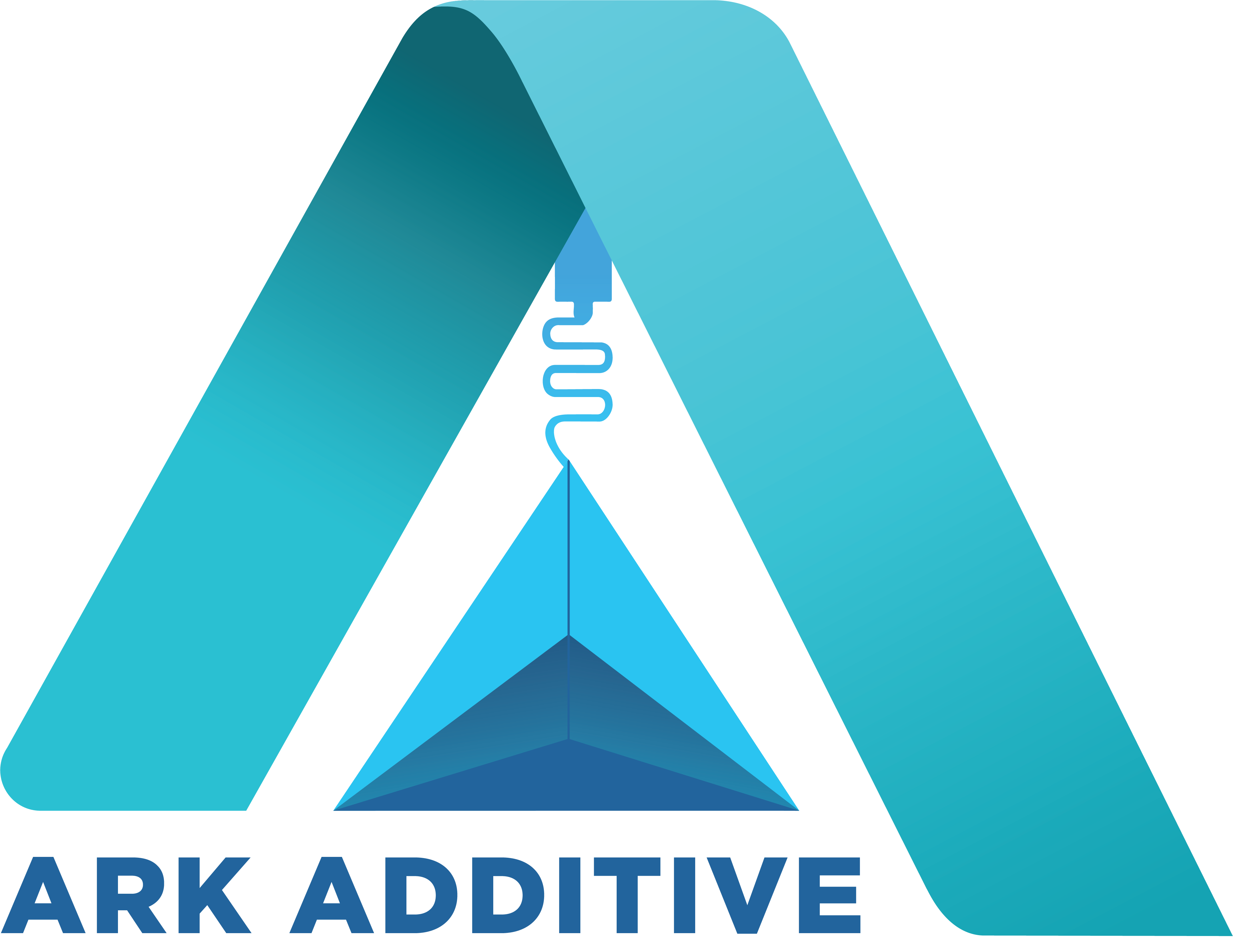Manufacturing
Challenge the constraints of traditional manufacturing. Bringing an idea from prototype to production is no longer bound by the constraints of traditional manufacturing methods Traditional approaches to manufacturing are no longer the only way you have to bring your product to market. It’s time to think differently about manufacturing. In the era of Industry 4.0, manufacturing with additive opens new doors. Shave days off production cycles. Remove complexity from final assembly. Produce lightweight, high-strength structures. Create hyper-realistic prototypes. Be more competitive than ever before.
Technology is changing the way manufacturers are making investments and measuring impacts on the supply chain. From faster product lifecycles to shorter lead times, you need a production-grade 3D printer that delivers, consistently.
Manufacturing with additive technology is not a distant future.
Reliable and repeatable
Reliable processes and hardware deliver repeatable results. Managing large scale manufacturing output is easier with modern manufacturing solutions built to perform and deliver, under any condition, time after time.
Strong and lightweight
Production-grade thermoplastics give you a wide range of advanced mechanical properties and design capabilities. All this and fine detail, smooth surface finishes, accuracy and strength of metals without all the weight, or cost.Additive manufacturing's earliest applications have been on the toolroom end of the manufacturing spectrum. For example, rapid prototyping was one of the earliest additive variants, and its mission was to reduce the lead time and cost of developing prototypes of new parts and devices, which was earlier only done with subtractive toolroom methods such as CNC milling and turning, and precision grinding, far more accurate than 3d printing with accuracy down to 0.00005" and creating better quality parts faster.
It is time to improve your tooling process and make the most of lead time reduction by starting to implement additive manufacturing in your manufacturing process. As you can create the geometries you need, you can also rethink your parts and optimize your assembly process by printing complex parts in only one part, adapting it easily to your applications. This will help you save time and money, and improve the efficiency of your process. Lead time reduction is also a big advantage of using 3D printing for industrial goods. It allows for companies in the industrial goods sector to produce a product way faster. Additive manufacturing is able to improve processes with quick production or replacement of important production factors such as bolts and nuts. Tooling is an important factor in getting the most out of lead time reduction. 3D printed tools are cheaper, easier and quicker to produce, and perfectly adjusted to the required process demands.
